An international student from the Master’s program of Marine Geosciences, University of Bremen, embarks on a research journey to the mystical Arctic circle to learn more about the tiny marvelous marine creatures called ‘foraminifera’.
This report provides a summary of the process of planning the two month internship project at UiT The Arctic University of Norway, the steps for Erasmus+ mobility fund application, the experience of two week research expedition to the Norwegian Sea, the knowledge gained during the internship under the supervision of Dr. Ezat Mohamad & Dr. Julie Meilland in the laboratory and finally a sneak peek into the beauty of Tromsø courtesy of the midnight sun.
1. Preparation
Development of the internship idea began late December of 2021 with my student job supervisor Dr. Julie Meilland, MARUM. ‘The population dynamics of planktic foraminifera in the Norwegian Sea’ was the core idea of the project.
The collaboration with Dr. Ezat Mohamad in UiT, whose team works extensively in developing paleoclimate proxies using planktic foraminifera in their project ARCLIM, allowed us to design the internship project within it.
Mobility fund
 To support my stay in Norway for two months, I applied for the Erasmus + funding with a letter of motivation, traineeship document and other supporting papers through service4mobilitat website. The whole process was quite smooth. It took about 3 months for the entire process to get completed. I received 75% of the funding before the start of the internship to help with ticket bookings to Norway.
To support my stay in Norway for two months, I applied for the Erasmus + funding with a letter of motivation, traineeship document and other supporting papers through service4mobilitat website. The whole process was quite smooth. It took about 3 months for the entire process to get completed. I received 75% of the funding before the start of the internship to help with ticket bookings to Norway.
Reaching Tromsø
The flight from Hamburg to Tromsø had 2 layovers at Copenhagen and Oslo. The scenic beauty all along the way was something special. The island of Tromsøya stood out from the surrounding as the plane prepared to land.
- Compilation of images captured during the travel from Hamburg to Tromso
- Compilation of important landmarks in and around the place of residence
The sun shined brighter than ever even though it was late evening when I landed in Tromsø and reached the university guest house booked by my supervisor. The exorbitantly high rates of housing in Tromsø can not be covered by the mobility fund (600 Euros per month). The fund can cover the food and travel expenses only. I experienced my first midnight sun with a mini stroll around the guesthouse having a cup of chai (Indian milk tea) looking at the mighty peak of Tromsdalstinden.
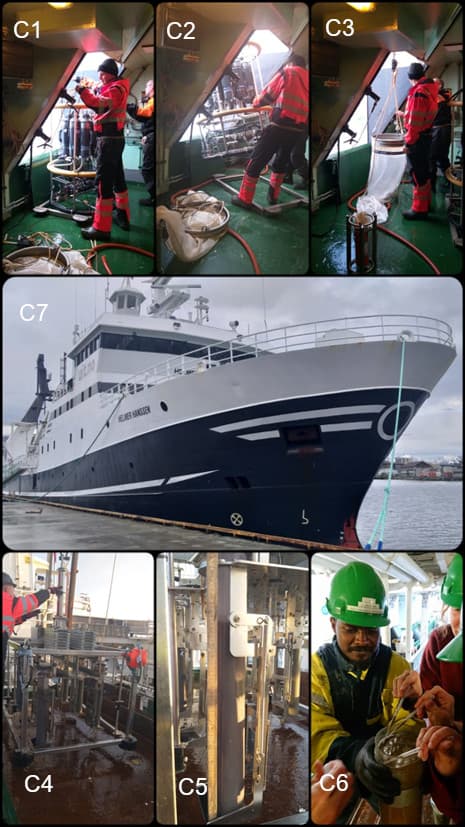
C1 and C2: Deployment of Conductivity-Temperature-Depth (CTD) device from RV Helmer Hanssen. C3: Deployment of plankton net to collect marine planktons from desired depth. C4 and C5: Deployment and retrieving gravity cores using the multicorer. C6: Preparing the core retrieved from multicorer for sampling. C7. The Research vessel Helmer Hanssen.
2. Project
The Expedition CAGE-ARCLIM HH22 (23rd – 30th June):
Objective of the expedition: To sample planktic foraminifera (Neogloboquadrina pachyderma and Globigerina bulloides) for culturing experiments to investigate the physiological and calcification responses to a wide range of temperature, salinity and carbonate chemistry for paleoceanographic proxy calibrations.
Personal objective:
1. To collect plankton nets at 25 m depth intervals and multicores from two locations in the Norwegian Sea to study the population dynamics of planktonic foraminifera.
2. To assist with the culturing experiments onboard and filter seawater for further experiments in the laboratory.
Laboratory Work:
1. Picking planktic foraminiifera species from frozen plankton net samples taken at different depth intervals and microscopy for taxonomic count of the planktic foraminifera species present.
2. Washing, sieving and splitting into desired fractions of core top sediments to pick planktic foraminifera shells for abundance study of foraminifera shells preserved in the seafloor sediments.

D1: Binocular microscopic image of frozen seawater sample. D2: Magnified view of N. pachyderma (approx 125μm). D3 and D4: Taxonomy of different planktic foraminifera picked from the two locations in the Norwegian Sea. D5. Magnified image of G. bulloides with spines.
Why is this study important?
Planktic foraminifera are unicellular marine protists. The species assemblages are very sensitive to the prevailing environmental conditions. Changes in the assemblages of planktonic foraminifera and in their population dynamics through time (interannual variability) can be understood by comparing the results of this study with data from previously collected samples.
Planktic foraminifera shells are excellent paleoreconstruction tools. The polar paleoreconstruction is mostly based on the species Neogloboquadrina pachyderma. This study will help in understanding the vertical habitat trajectory and calcification depth of this species which is not very clearly understood.
3. Perspective
Skills gained:
1. Organisational skills for research expedition.
2. Onboard foraminifera culturing and associated tasks.
3. Taxonomy of arctic planktic foraminifera species
4. Multicoring and plankton net sampling.
5. Building network with researchers from different parts of the globe.
Overall experience:
This research internship in Tromsø was a great opportunity to understand my passion for research in the field of marine micropaleontology. I added new skillsets like foram culturing experience, research cruise experience, plankton net and multicoring sampling techniques to strengthen my chances for future doctoral study. The experience of working with scientists from different fields and the connection established during the process was priceless. I strongly recommend my fellow students to make use of this rare opportunity to learn and relish this wonderful experience during their study tenure.
Outdoor activities
The Weekend hikes were one of the highlights of my research stay in Norway. The midnight sun allowed to venture around the island late evening and explore some of the beautiful scenic locations in and around Tromsø.
The availability of buses on weekend are limited to reach islands like Sømmeroy and therefore it is ideal for camping on weekends. The easiest and most proximal Sherpatrappe offers the best view of Tromsøya island.
The experience of hiking the Tromsdalstinden, the highest peak in the vicinity, is something one should not miss out on. Apart from hiking, the island offers the possibilty for various sports, swimming pool and amazing cafes.

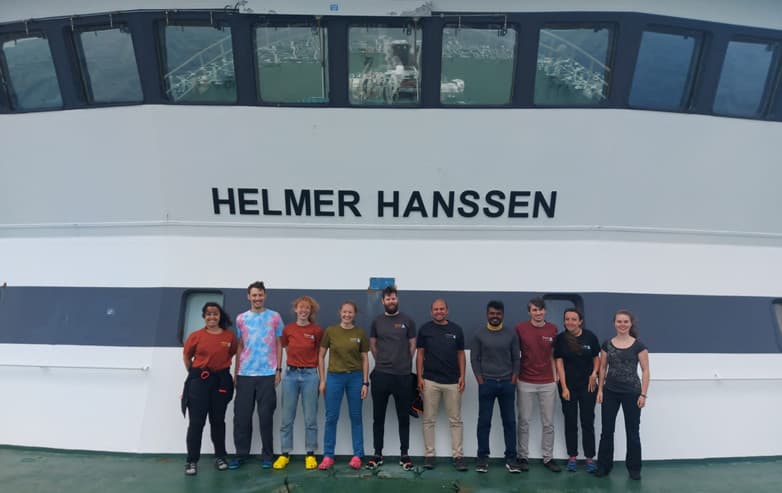
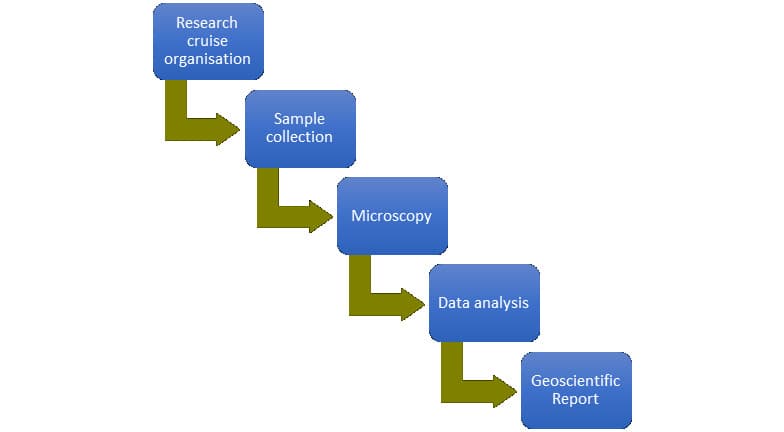
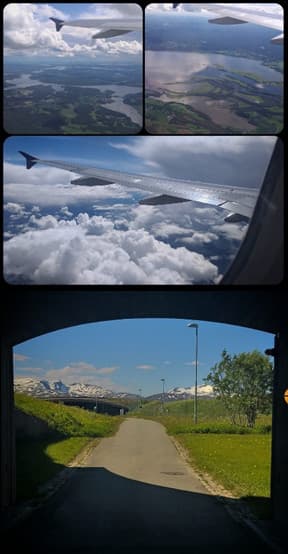
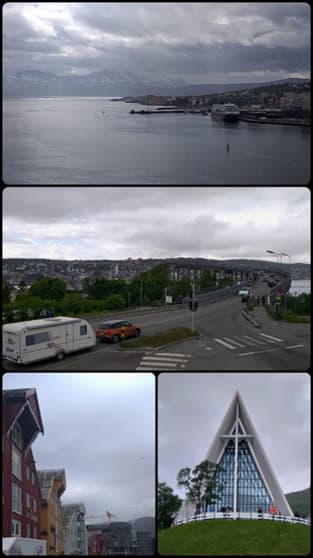
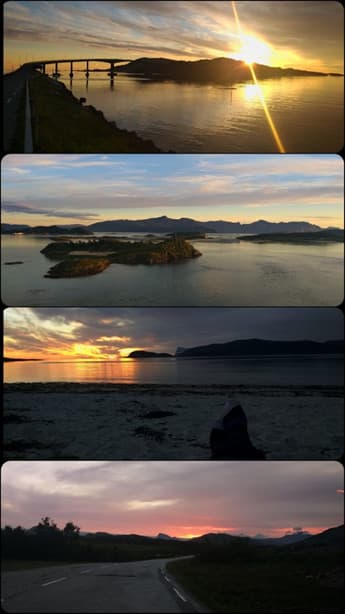
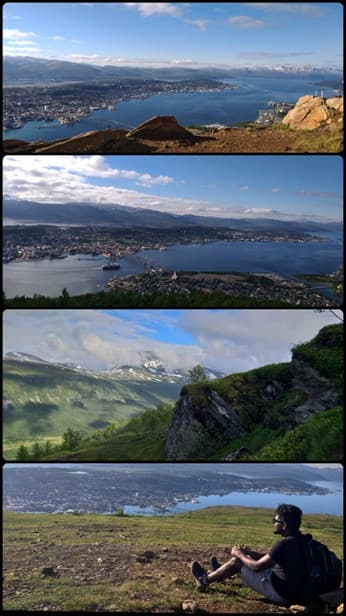

Neueste Kommentare